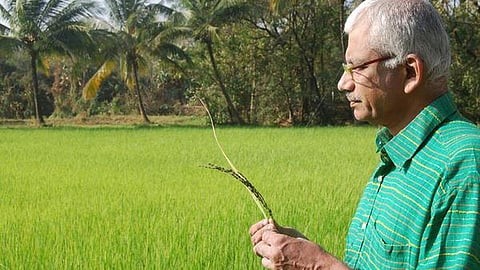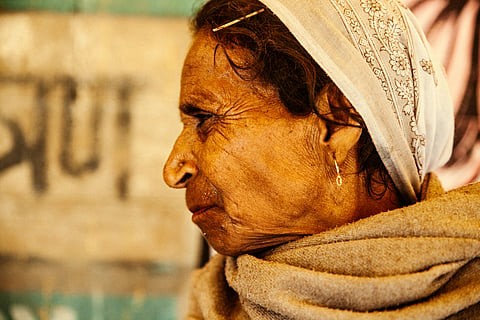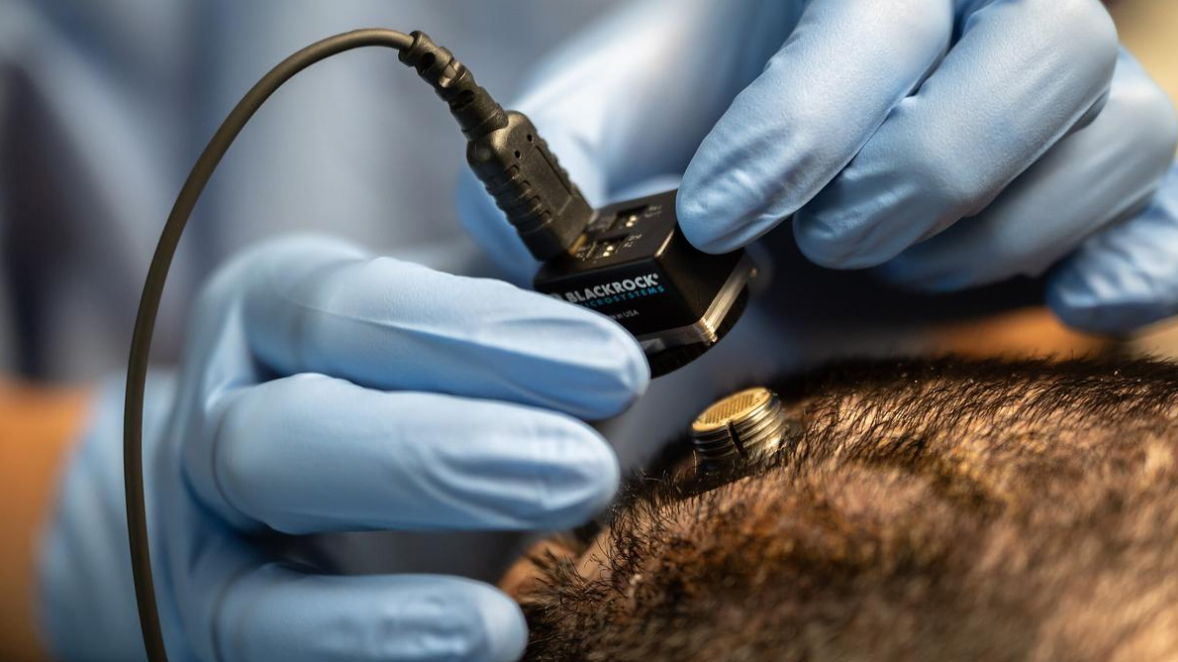



Type 5 diabetes, or malnutrition-induced diabetes, affects undernourished youth in low-income countries. Unlike Type 1 or 2, it's caused by poor childhood nutrition damaging the pancreas. Recently recognized as distinct, it highlights the urgent link between poverty, hunger, and chronic illness, especially in nations like India, Bangladesh, and Ethiopia.

Copyright infringement not intended
Type 5 diabetes recognised as a distinct form of disease.
It is a new type of diabetes that has been officially recognized recently. It mainly affects thin and malnourished teenagers and young adults in low- and middle-income countries. This is why it is also called “malnutrition-induced diabetes.”
This recognition is important because it highlights how malnutrition during childhood or even before birth can damage the pancreas—the organ responsible for producing insulin, which helps control blood sugar levels, and without enough of it, people develop diabetes.
Unlike Type 2 diabetes, where the body resists insulin, Type 5 diabetes happens when the pancreas doesn’t produce enough insulin due to years of poor nutrition.
|
Background Scientists first noticed this condition in 1955 in Jamaica, calling it "J-type diabetes." Later, in 1985, the World Health Organization (WHO) classified it as “malnutrition-related diabetes mellitus”. However, they removed this classification in 1999 because there wasn’t enough evidence at the time linking malnutrition directly to diabetes. For years, doctors confused Type 5 diabetes with Type 1 because both involve low insulin production. But recent studies have shown that Type 5 diabetes is unique—it is caused by malnutrition rather than genetic or autoimmune issues. |
Type 5 diabetes mostly affects people in poorer countries like India, Bangladesh, Ethiopia, and others in Asia and Africa. These populations face chronic hunger and lack access to nutritious food, which contributes to the problem.
Source:
|
PRACTICE QUESTION Q. Is technology both a boon and a bane when it comes to lifestyle diseases? 150 words |






© 2025 iasgyan. All right reserved